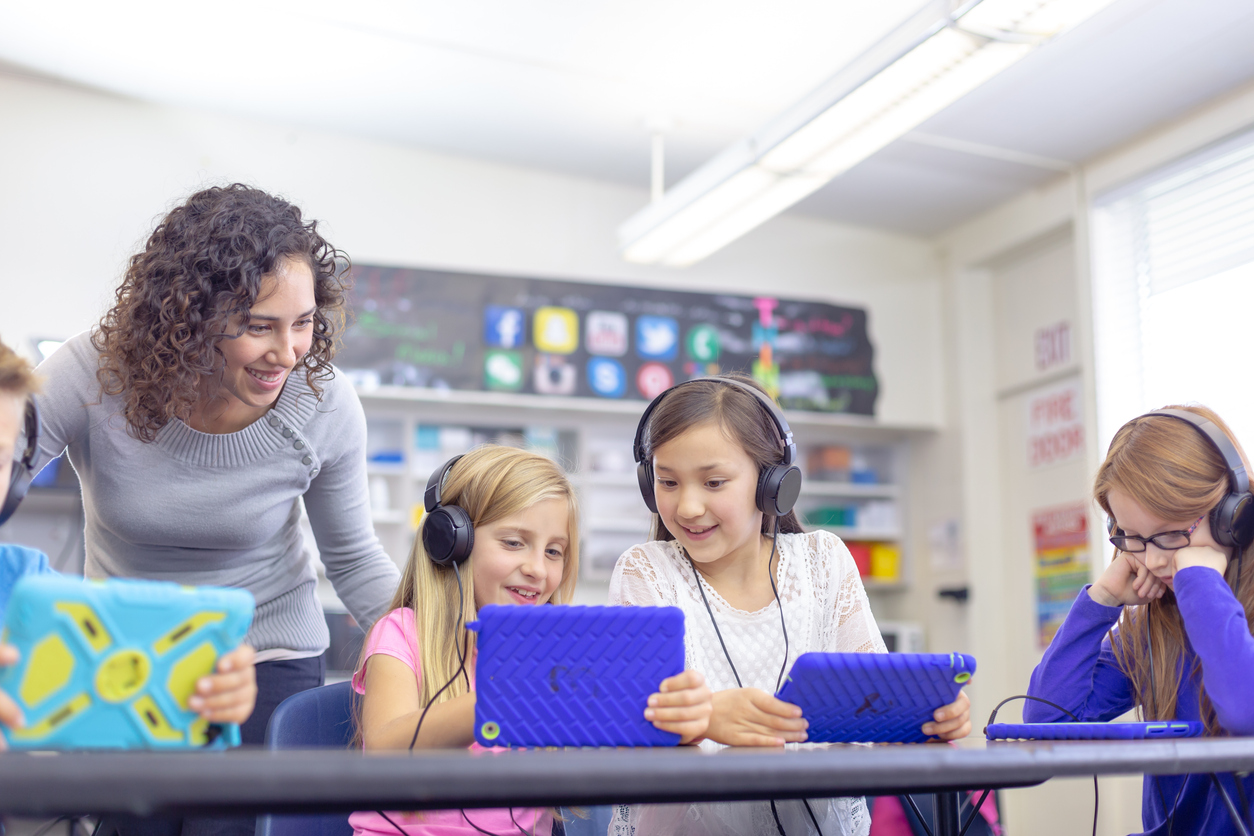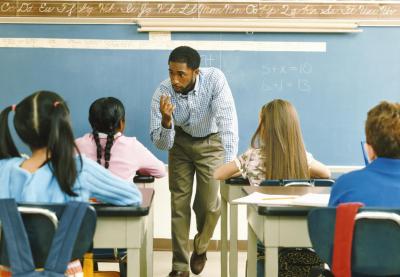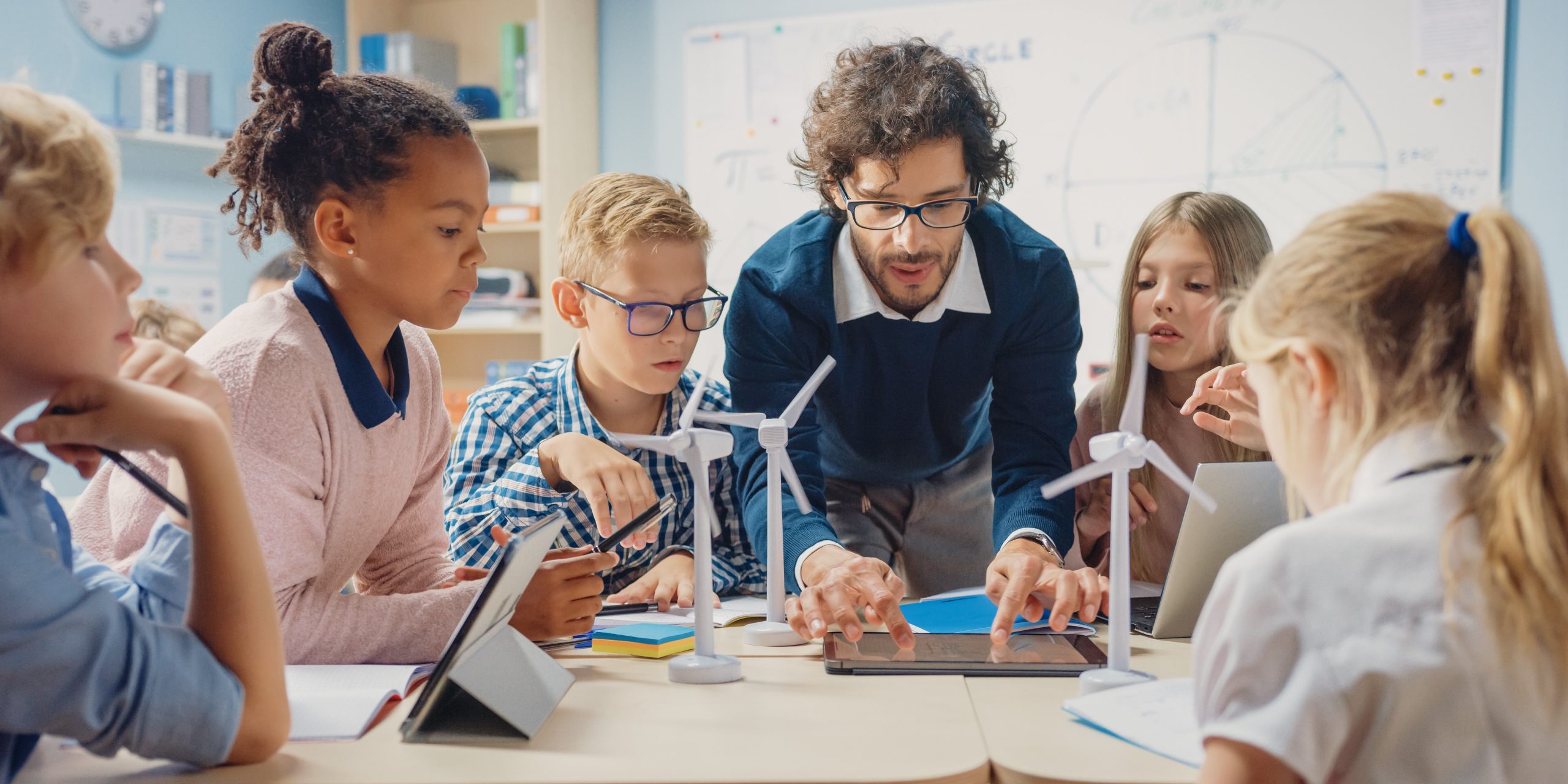Top Primary Science Tuition Singapore to Help Your Child Excel
Top Primary Science Tuition Singapore to Help Your Child Excel
Blog Article
Discovering the Various Training Approaches in Main Science Education Today
Inquiry-based learning, hands-on experiments, and the combination of modern technology are redefining how instructors engage young minds. Furthermore, joint approaches and separated instruction are being employed to provide to the diverse requirements of students, improving both involvement and understanding.
Inquiry-Based Discovering
Inquiry-Based Learning (IBL) is a pedagogical strategy that encourages trainees to discover clinical ideas via questioning, investigation, and hands-on trial and error. This method highlights the duty of students as energetic participants in their understanding, advertising essential thinking and analytic skills. By involving with real-world questions, trainees become inspired and interested, which boosts their understanding of scientific principles.
In IBL, instructors function as facilitators, directing students as they navigate their queries instead than delivering info directly. This student-centered technique permits for distinction, suiting various learning styles and paces. Trainees create abilities in developing theories, designing experiments, and evaluating data, which are essential for scientific literacy.
Additionally, IBL fosters cooperation amongst trainees, motivating them to share searchings for and concepts. This cumulative query promotes social skills and a feeling of area within the class. Additionally, the process of query motivates strength, as students learn to accept failure as a stepping rock towards understanding.
Hands-On Experiments
Hands-on experiments are an important part of efficient science education and learning, matching the principles of inquiry-based understanding. These experiments permit trainees to engage straight with scientific principles, fostering a deeper understanding via experiential discovering. By manipulating materials and observing end results, young learners can realize abstract theories in tangible methods.
Such activities advertise vital reasoning and analytical skills, as pupils hypothesize results, conduct experiments, and analyze results. This procedure urges them to ask questions, refine their understanding, and develop a clinical way of thinking. Additionally, hands-on experiments can be customized to diverse discovering designs, guaranteeing that all pupils have the opportunity to engage meaningfully with the web content.
Additionally, hands-on experiments often motivate partnership amongst peers, promoting team effort and communication abilities. Functioning in groups allows pupils to share ideas, go over searchings for, and discover from each other, which boosts their general instructional experience.
Integrating hands-on experiments right into the key science curriculum not only enhances the finding out setting but also cultivates a lifelong rate of interest in science. By proactively getting involved in their education and learning, pupils are more probable to create an interest for clinical inquiry that prolongs beyond the classroom.

Modern Technology Integration
Integrating technology into primary science education and learning has actually come to be significantly essential in fostering student engagement and enhancing finding out end results. Making use of electronic devices, such as interactive simulations, digital labs, and instructional software, provides pupils with possibilities to discover clinical concepts in innovative means. These sources assist in a deeper understanding of complex subjects by enabling learners to envision and control variables that would be impractical in a traditional class setup.
Furthermore, technology integration encourages individualized discovering experiences. Pupils can advance at their own speed, reviewing challenging ideas through multimedia resources, which deal with various discovering styles. This versatility not just supports private growth yet likewise cultivates a feeling of freedom in learners.
Additionally, technology functions as a bridge to real-world science, connecting students with present research and professional contributions. Accessibility to on the internet data sources and scientific journals widens trainees' viewpoints on clinical query and cultivates essential thinking skills.
Collaborative Discovering
Collective discovering plays a vital function in main scientific research education by cultivating synergy and communication skills amongst pupils. This approach encourages learners to interact, share knowledge, and engage in analytic, which boosts their understanding of scientific ideas. By joining team tasks, students learn to verbalize their ideas, listen to diverse point of views, and discuss remedies, every one of which are important abilities in both scholastic and real-world contexts.

Study suggests that collaborative understanding can cause enhanced inspiration and interaction in scientific research subjects, as students locate pleasure in shared experiences (primary science tuition Singapore). Additionally, this technique prepares students for future collaborative endeavors, outfitting them with the skills essential for efficient teamwork in higher education and specialist atmospheres. Inevitably, welcoming collaborative knowing in key scientific research education can substantially improve the learning experience and promote a deeper understanding of scientific query
Set Apart Instruction

Separated direction can show up in different methods, such as varying the material, processes, or products of knowing. Teachers may use tiered jobs that offer differing degrees of complexity, permitting students to work at their corresponding preparedness levels. In addition, adaptable grouping techniques can facilitate cooperation amongst students with various capabilities, content fostering peer learning.
Analysis plays an essential function in this method, as it educates direction and assists teachers recognize each pupil's one-of-a-kind demands. Formative assessments, such as monitorings and quizzes, can lead instructors in readjusting their methods to enhance finding out outcomes. primary science tuition Singapore. Inevitably, by executing distinguished guideline in primary scientific research education, educators can cultivate an extra equitable and efficient knowing setting, empowering all trainees to reach their complete possibility in understanding clinical sensations
Verdict
In summary, the diverse mentor strategies in primary science education and learning, consisting of inquiry-based learning, hands-on experiments, innovation combination, joint learning, and distinguished direction, jointly add to an extra effective knowing atmosphere. These techniques advertise critical thinking, analytical skills, and a much deeper understanding of clinical principles. By implementing these techniques, teachers can produce appealing and helpful class that resolve the diverse demands of pupils, inevitably promoting a lifelong rate of interest in science and enhancing scholastic success.
Inquiry-Based Understanding (IBL) is an instructional technique that motivates students to explore clinical ideas through questioning, examination, and hands-on trial and error.Collective knowing plays a vital duty in key science education by cultivating team Visit This Link effort and communication abilities among students.Study suggests that collaborative understanding can lead to boosted motivation and involvement in science subjects, as pupils discover enjoyment in common experiences.In fostering a comprehensive knowing environment, differentiated guideline emerges as a crucial technique to suit the diverse demands and abilities of pupils in primary scientific research education. Eventually, by implementing separated instruction in key scientific research education and learning, teachers can grow a more efficient and fair knowing setting, empowering all trainees to reach their full capacity in understanding scientific sensations.
Report this page